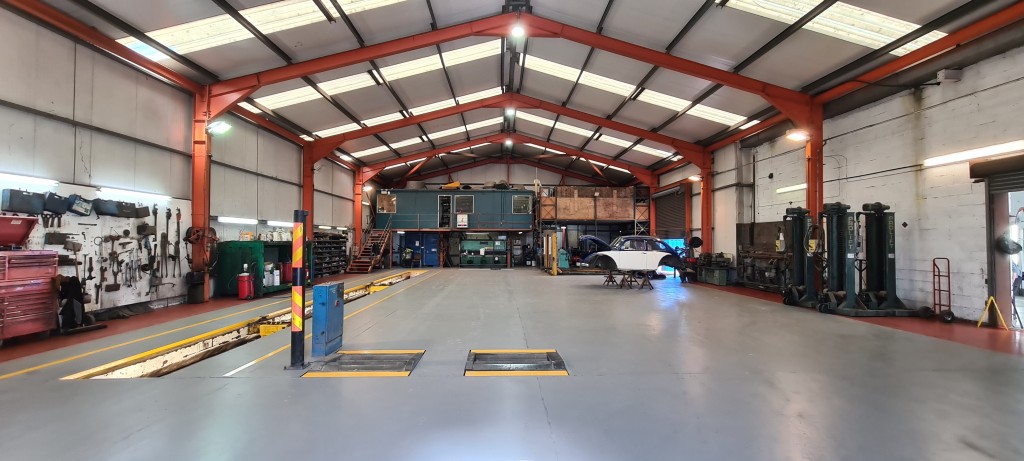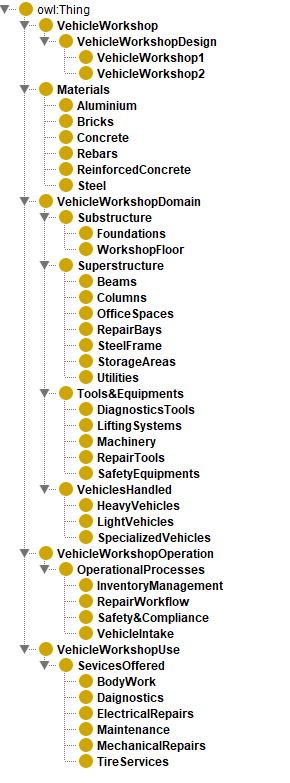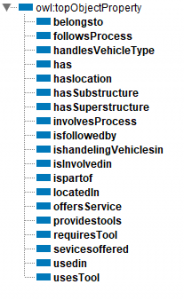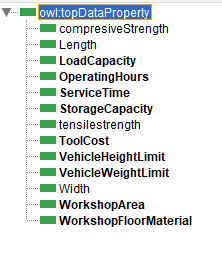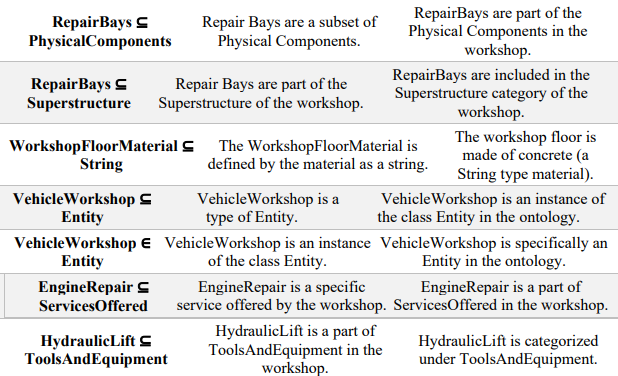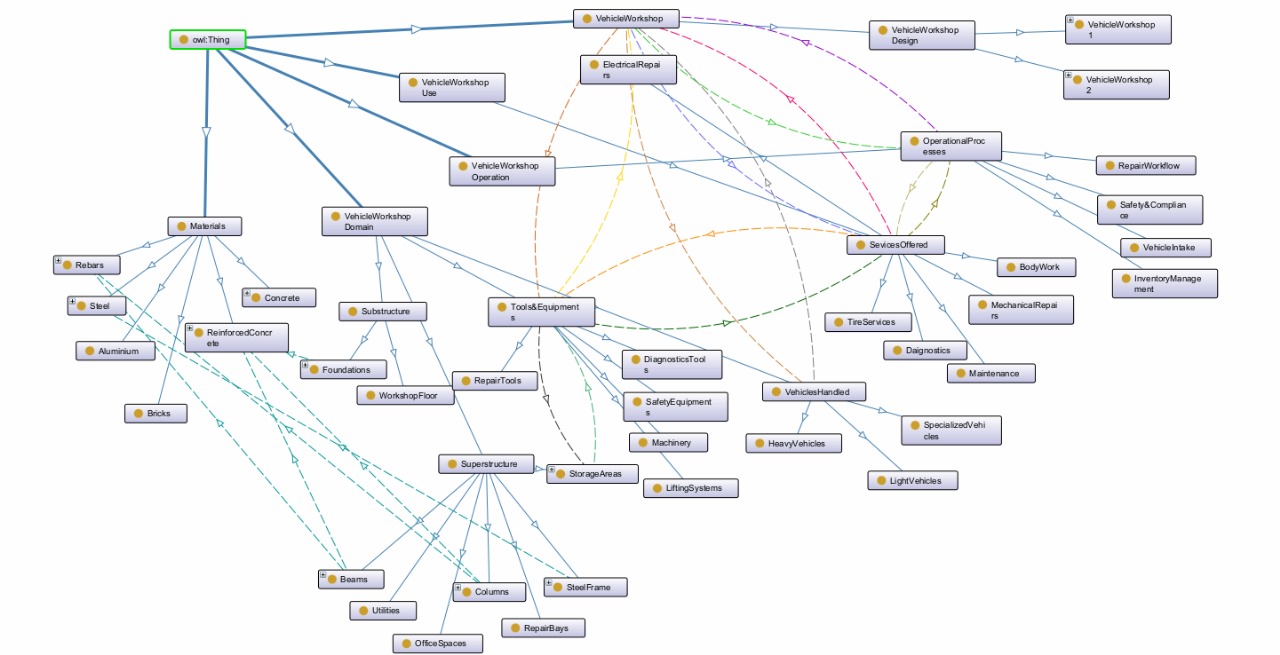Technical Understanding of the Vehicle Workshop System
A vehicle workshop is an essential facility for maintaining, diagnosing, and repairing various types of vehicles, ranging from light passenger cars to heavy-duty commercial vehicles. The workshop environment integrates physical infrastructure, functional processes, and operational tools to provide reliable services. Key features include a well-equipped repair bay, diagnostic and safety equipment, and a structured workflow to ensure high service quality and safety standards.
What is the Scope?
The scope includes:
- Physical Components: Includes repair bays, storage areas for tools and parts, office spaces, and utility systems.
- Functional Operations: Covers mechanical and electrical repairs, preventative maintenance, and diagnostic services.
- Process Management: Encompasses vehicle intake, repair workflows, and inventory tracking for efficient operations.
- Technological Integration: Utilizes electronic management systems (OBD II, inventory software) for process automation and optimization.
What is the purpose?
The purpose of developing this vehicle workshop ontology is to create a structured, logical, and systematic representation of the key components, processes, and relationships within an industrial vehicle workshop. This ontology aims to:
- Enhance understanding of workshop operations and their decomposition.
- Support engineering activities by providing a comprehensive knowledge base.
- Facilitate automation and optimization in workflows, resource allocation, and diagnostics.
Who are the Intended Users?
The intended users are:
- Engineers and Technicians: For managing repair processes and optimizing equipment use.
- Workshop Managers: For workflow, inventory, and compliance management.
- Tool and Equipment Manufacturers: To integrate their products with workshop processes.
- Software Developers: To create tools for automated diagnostics and process management
What is the Intended Use?
The ontology is designed to:
- Act as a knowledge base for planning and optimizing workshop processes.
- Support automation in diagnostics, inventory tracking, and repair scheduling.
- Enable interoperability between digital tools and workshop systems.
- Serve as a reference for training and knowledge dissemination in industrial settings.
Ontological Model of Vehicle Workshop:
The ontological model of the vehicle workshop provides a structured and logical representation of its components, relationships, and functions. It captures the physical elements such as repair bays, storage areas, and office spaces, as well as functional operations like diagnostics, repairs, and inventory management. This model facilitates better understanding, design, and management of the workshop by enabling dynamic interactions between elements and supporting engineering activities like layout optimization and process management.
Classes and Sub-classes:
Below is the classes and sub classes of Vehicle workshop on Protégé that is visually representing the components of a vehicle workshop:
Figure 1 Classes and Sub classes of Vehicle Workshop
Object & Data Properties:
In the ontology of a vehicle workshop, object and data properties play a crucial role in defining relationships and characteristics between different entities. Together, these properties enable semantic relationships and enrich the ontology, supporting better data retrieval and logical reasoning within the workshop model.
Logical Axioms:
Logical axioms are essential for structuring the ontology by defining relationships and constraints between classes and properties. They help maintain a coherent and consistent semantic model. For example:
Instances in Vehicle Workshop Ontology
In the vehicle workshop ontology, instances represent specific, real-world entities within the defined classes and properties. For example, an instance of the “Concrete” could be “CompressiveStrength” or “WorkshopFloor”, which accommodates heavy vehicles for engine diagnostics. Similarly, “VehicleWorkshop2″ could be an instance representing a designate administrative area with different instances. These instances help simulate real operational scenarios and provide actionable insights for the workshop’s management, such as optimizing space, scheduling repairs, and resource allocation.
Ontograph:
The Ontograph is a visual representation of the hierarchical structure and relationships within the vehicle workshop ontology. It displays classes, subclasses, and the connections between them, providing an intuitive overview of how different components and entities are related.
Figure 2: Ontograph for Vehicle Workshop Ontology
Engineering Examples:
The Vehicle Workshop Ontology plays a crucial role in structuring the workshop’s components, services, and operations for various engineering applications. Below are three practical engineering examples that illustrate the utility and importance of the ontology in real-world vehicle workshop systems:
- Workshop Design and Layout Optimization
This ontology can be used to design and optimize the layout of a vehicle workshop, ensuring that spaces, tools, and utilities are efficiently allocated.
- Example: By defining relationships between physical components (e.g., repair bays and tool storage), the ontology can help engineers develop a layout that minimizes unnecessary movement of vehicles and technicians.
- Benefit: Reduces idle time, improves workflow efficiency, and ensures that heavy vehicles like buses and trucks can be accommodated safely.
- Resource Planning and Allocation
The ontology supports planning for the tools, equipment, and staff needed to operate the workshop effectively.
- Example: By categorizing services (e.g., tire replacement, engine diagnostics) and linking them to required tools (e.g., hydraulic lifts, diagnostic scanners), engineers can identify resource gaps and prioritize procurement.
- Benefit: Optimizes resource utilization, ensuring that the workshop can handle peak demand and specialized repair tasks without delays.
- Environmental and Compliance Systems:
- The workshop ontology will help to track hazardous material management and safety compliance, which can be interfaced with environmental regulatory systems. The ontology can ensure proper waste disposal by interacting with external systems that manage waste handling regulations, such as oil disposal or chemical waste management.
Conclusion:
Through detailed research and modeling in Protégé, this ontology represents the core components, services, and interactions within a workshop system. By establishing clear relationships between components like repair bays, tools, and vehicles, the ontology supports efficient decision-making and resource allocation. It provides a clear framework for improving the management of workshop processes, ensuring better efficiency and compliance while offering flexibility for future integration and development.
References:
- COBEM 2011 study on auto workshop layout limitations and redesign for efficiency .
- Takoradi Polytechnic case study on vehicle repair services and user experiences.
- Krötzsch, M., et al. (2014). Ontologies: Principles, Methods, and Applications. Springer.
- Noy, N. F., & McGuinness, D. L. (2001). Ontology Development 101: A Guide to Creating Your First Ontology. Stanford University.
- Roush, W., & Ward, J. (2012). Managing Tooling Systems in a Complex Engineering Environment. Springer.
